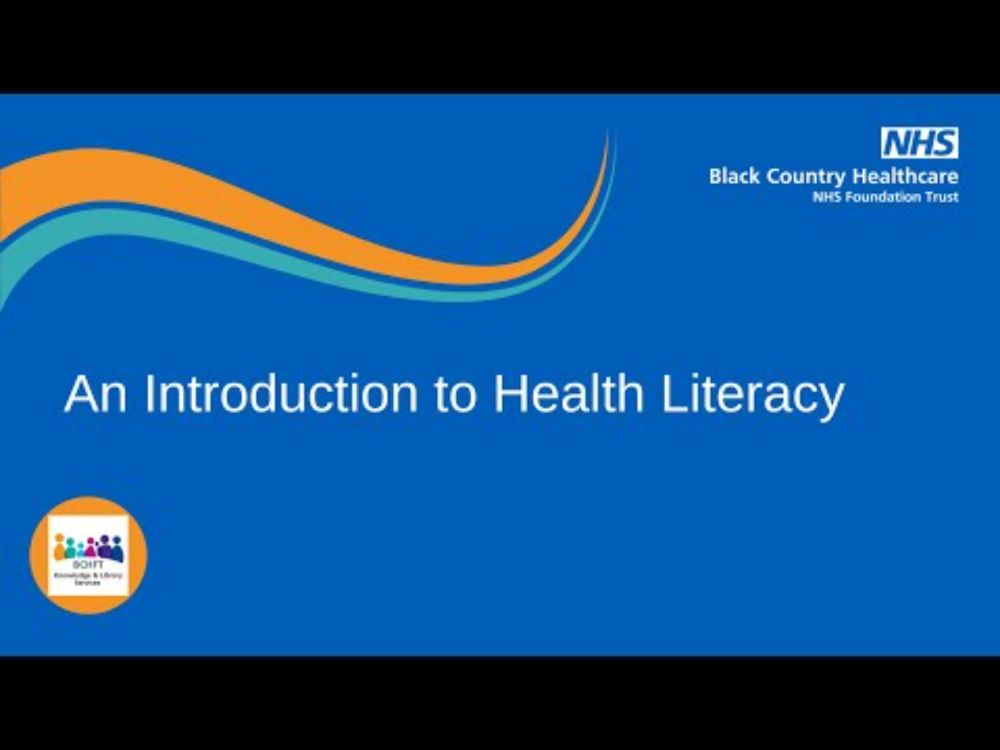Dapagliflozin’s impact on hormonal regulation and ketogenesis in type 1 diabetes: a randomised controlled crossover trial - Diabetologia
Aims/hypothesis This study aimed to assess the impact of adding dapagliflozin to insulin therapy on key hormonal determinants of glucose regulation and ketogenesis. We hypothesise that dapagliflozin increases glucagon-like peptide 1 (GLP-1), glucagon and ketone body concentrations, based on the results of a pilot study. Methods The study was designed as a randomised, placebo-controlled, open-label, crossover intervention study with two periods (dapagliflozin and placebo intake), including patients of the Department of Diabetes, Endocrinology, Clinical Nutrition & Metabolism, Inselspital, Bern University Hospital, University of Bern. Individuals with type 1 diabetes (C-peptide concentrations <0.1 nmol/l) with a duration >5 years and a BMI of 20–29 kg/m2 were included. They received 10 mg of dapagliflozin or placebo daily for 7 days throughout two independent treatment periods, separated by a 14 day washout period. Allocation was done by a computed randomisation tool (REDCap), without blinding of the participants or the investigators. On day 7 of each treatment period, hyperinsulinaemic–euglycaemic clamps (HECs) and OGTT clamps (OGTTCs) were performed to assess changes in the secretion of GLP-1, glucagon, somatostatin and total ketone bodies. The objective was to evaluate the effects of adding the sodium–glucose cotransporter 2 (SGLT2) inhibitor dapagliflozin to insulin therapy on GLP-1 during OGTTC (primary endpoint), GLP-1 secretion during HEC, and glucagon, somatostatin and ketogenesis during OGTTC and HEC (secondary endpoints). The primary endpoint was concentrations of GLP-1 during OGTTC. Secondary endpoints included GLP-1 during HEC and glucagon, somatostatin and ketone body concentrations during OGTTC and HEC. Results A total of 13 individuals with type 1 diabetes were included and randomised. All of them received dapagliflozin and placebo, finished the sequences per protocol and were analysed per protocol. GLP-1 concentrations did not differ significantly between treatments in the OGTTC (median [IQR] dapagliflozin 192.8 [129.8–257.2] pmol/l vs placebo 176.3 [138.4–227.4] pmol/l; p=0.7) or HEC (median [IQR] dapagliflozin 208.6 [133.6–294.0] pmol/l vs placebo 203.1 [150.2–291.8] pmol/l; p=0.7). Glucagon concentrations did not significantly differ between treatments in the OGTTC (median [IQR] dapagliflozin 1.54 [0.84–3.68] ng/l vs placebo 1.54 [0.82–4.64] ng/l; p=0.8) or HEC (median [IQR] dapagliflozin 1.59 [0.87–3.54] ng/l vs placebo 1.63 [0.91–3.96] ng/l; p=0.3). Somatostatin concentrations remained comparable between treatments during the HEC (median [IQR] dapagliflozin 41.1 [26.8–73.8] pmol/l vs placebo 47.0 [23.0–77.6] pmol/l; p=0.2) and OGTTC (median [IQR] dapagliflozin 51.1 [31.1–77.0] pmol/l vs placebo 45.3 [30.0–70.5] pmol/l; p=0.2). Plasma ketone bodies were higher with dapagliflozin during the HEC (median [IQR] dapagliflozin 0.15 [0.04–0.47] mmol/l vs placebo 0.03 [0.01–0.12] mmol/l; p<0.001) and OGTTC (median [IQR] dapagliflozin 0.10 [0.03–0.22] mmol/l vs placebo 0.03 [0.01–0.12] mmol/l; p<0.001). Conclusions/interpretation Short-term dapagliflozin treatment in type 1 diabetes increases plasma ketone concentrations without affecting the secretion of GLP-1, glucagon or somatostatin. Higher ketone body concentrations highlight the elevated risk of diabetic ketoacidosis associated with the adjunct intake of dapagliflozin. Trial registration ClinicalTrials.gov NCT04035031. Funding Swiss National Science Foundation, project number 32003B_185019. Graphical Abstract




















